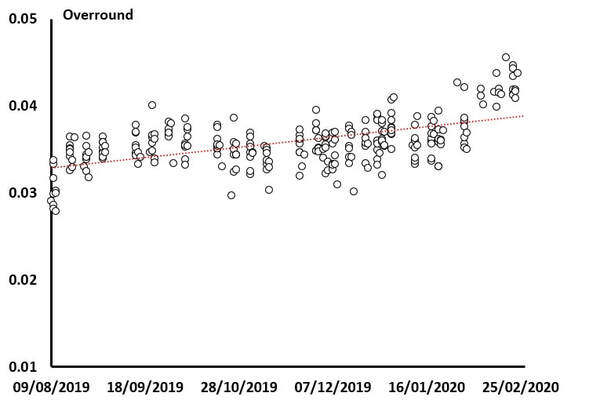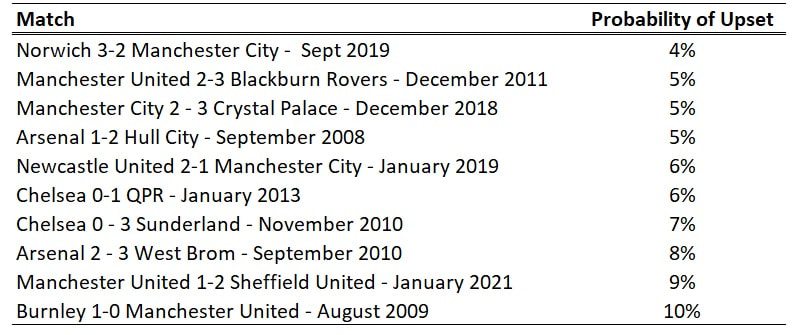It was interesting to see that the impact of 'bots' on football was receiving attention this week. For those not aware, automated software now exists to track fantasy football teams of Premier League players and staff. The story took off when it was ‘leaked’ on social media that Jack Grealish was injured before Aston Villa's game against Leicester.
An interview with the creator of the software can be read on the BBC website. In short, the ‘FLP insider’ twitter account reveals information on the strategic choices of players/staff within clubs (those who have private information on player fitness, injures etc.). The software was created based on publicly available information accessible via linkedIn, Football Manager and other sources.
While the use of this software doesn’t have much impact on the fantasy game itself, there is a monetary implication - the information could affect betting exchanges where a myriad of exotics bets can be laid. i.e. if player X took out his team-mate from his fantasy team, and this team had a late kick-off, say on a Sunday evening, there would be time for this new information to be potentially exploited.
Regarding on-the-field implications, the managers seem either somewhat upset, citing ethical issues, or are indifferent to it. The information might give a club a strategic advantage, if they can make the right inferences from the fantasy choices of their opponents. There is scope here as football has a tradition that see's the team sheet released close to kick-off (usually 1 hour prior). This is part of the suspense for fans and adds a strategic dimension for managers. Other sports differ. In rugby for instance, it is common that line-ups are announced 24 hours in advance.
There is another factor however linked to these leaks that is in the hands of the clubs – training ground pictures. Often savvy fans can reverse engineer starting line ups based on the positioning of players on the training ground or based on which group of players are conducting routines. Obviously, missing players from training also spark injury concerns.
Rules to prevent footballers from gambling on the sport already exist, so should Fantasy Football also be forbidden? I think that would be somewhat draconian. Perhaps players should be encouraged to play anonymously and clubs themselves should keep a closer eye on who they allow take pictures during training. Perhaps clubs themselves need to be more transparent – maybe injuries need to be logged with the Premier League and published well in advance of matches.




 RSS Feed
RSS Feed